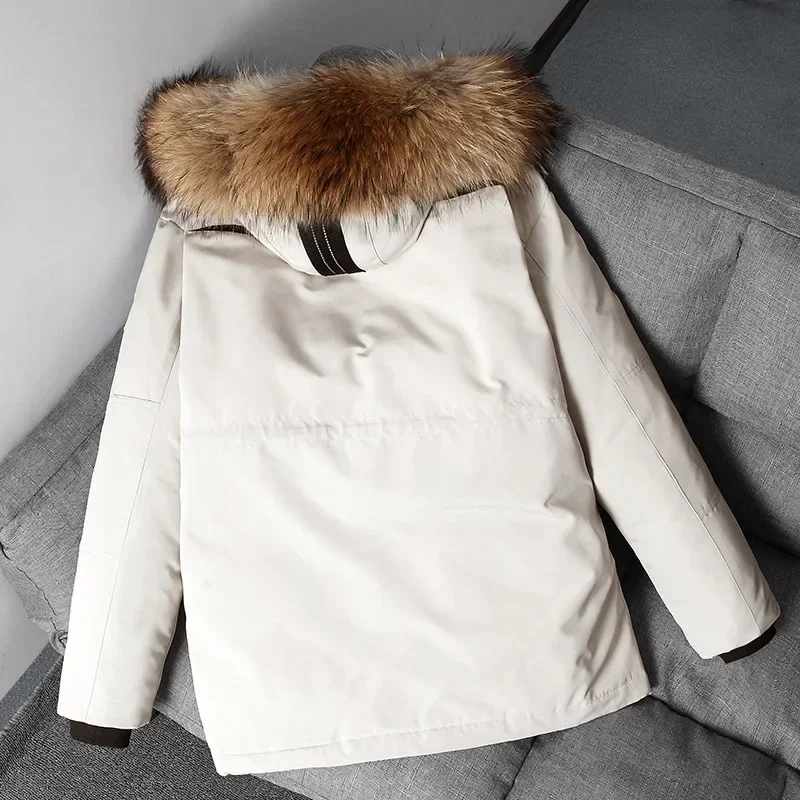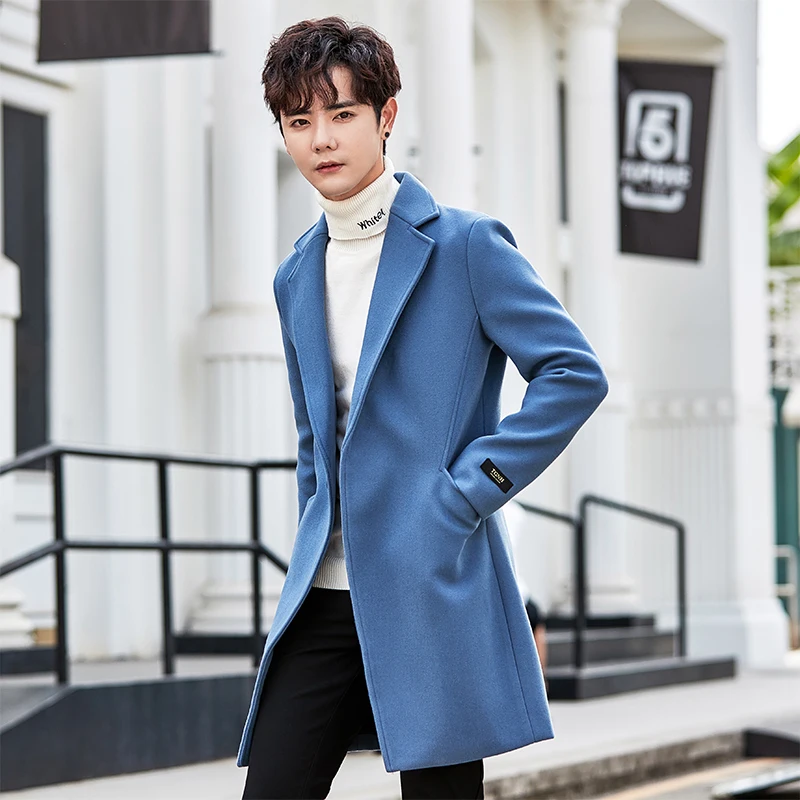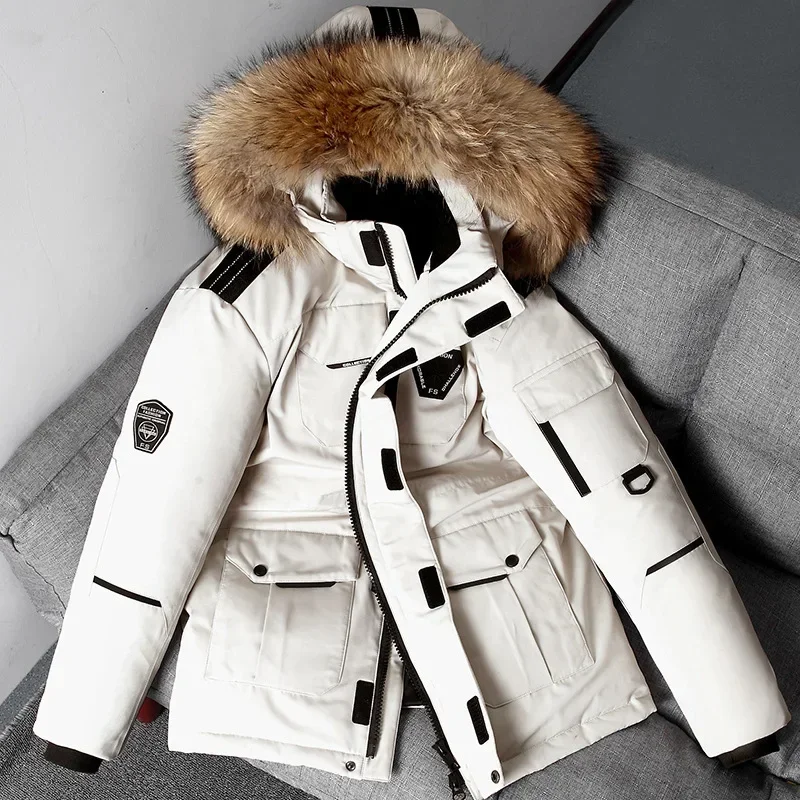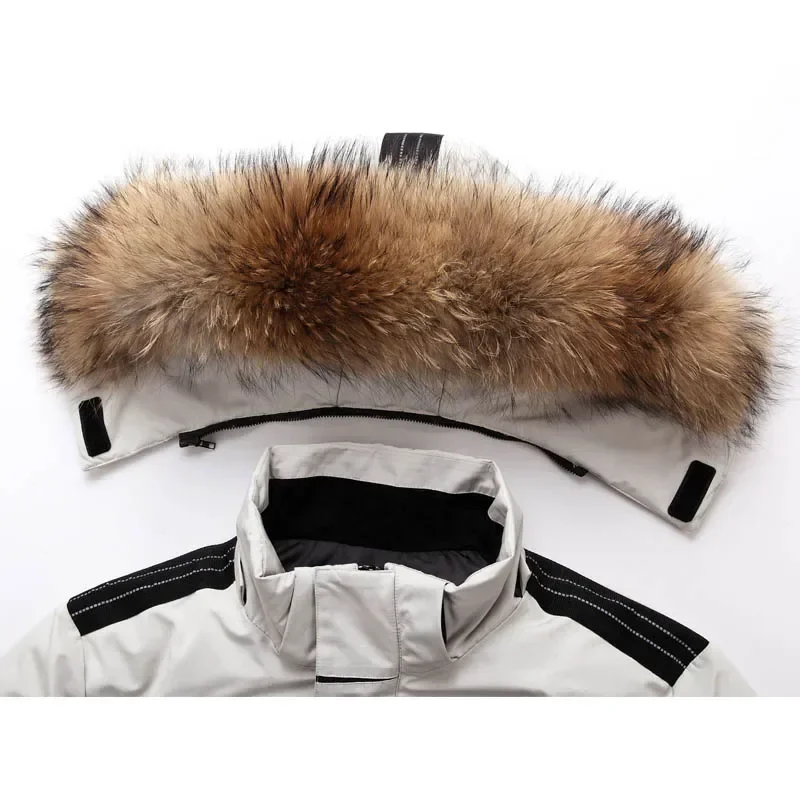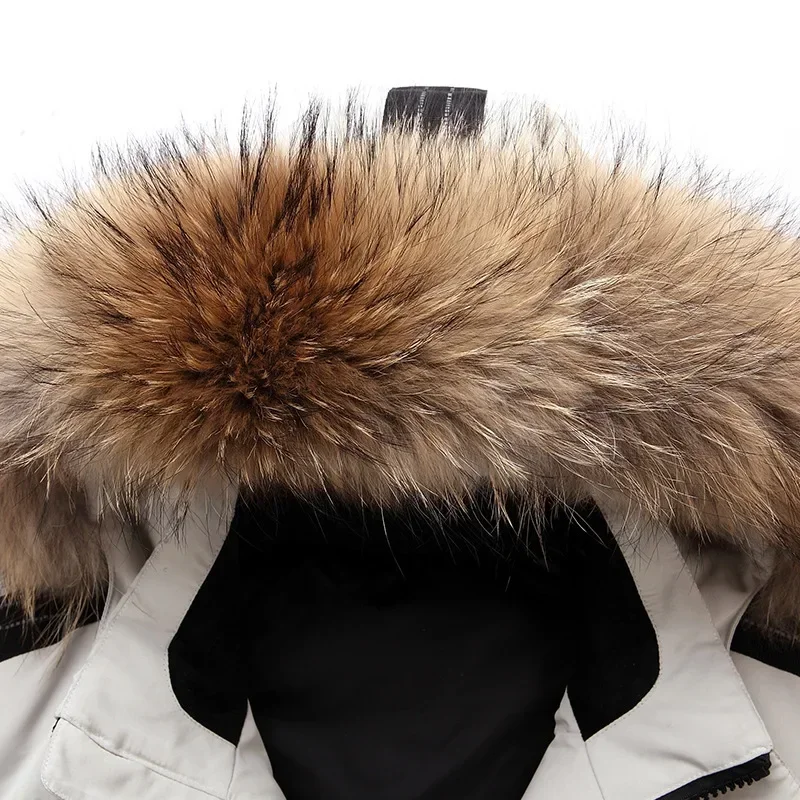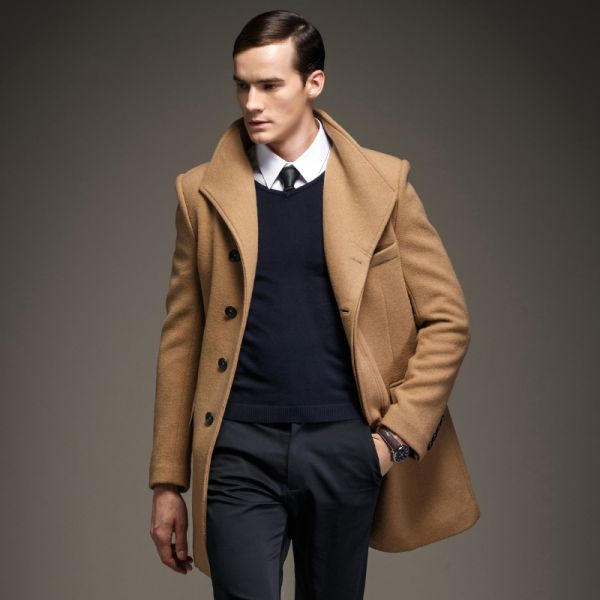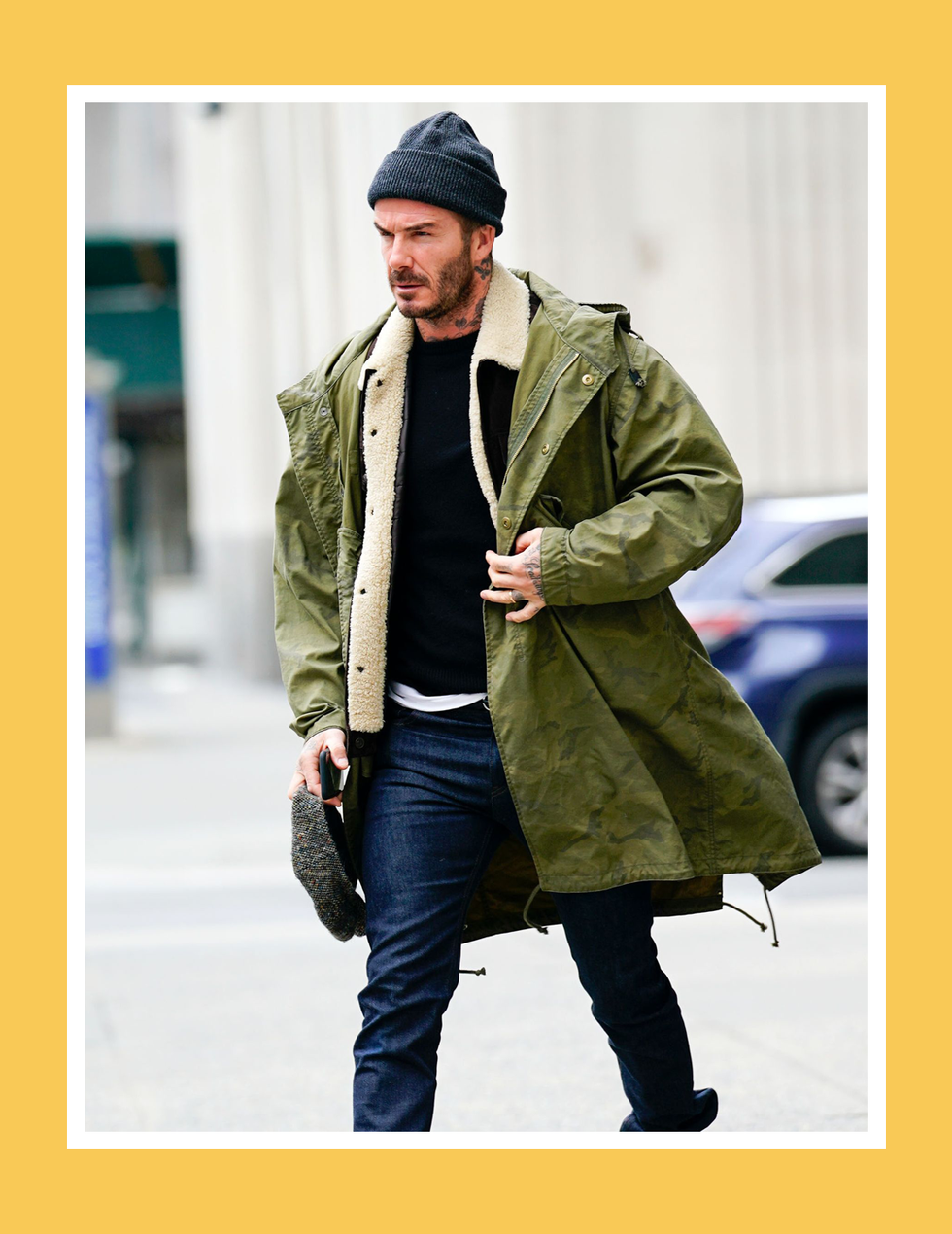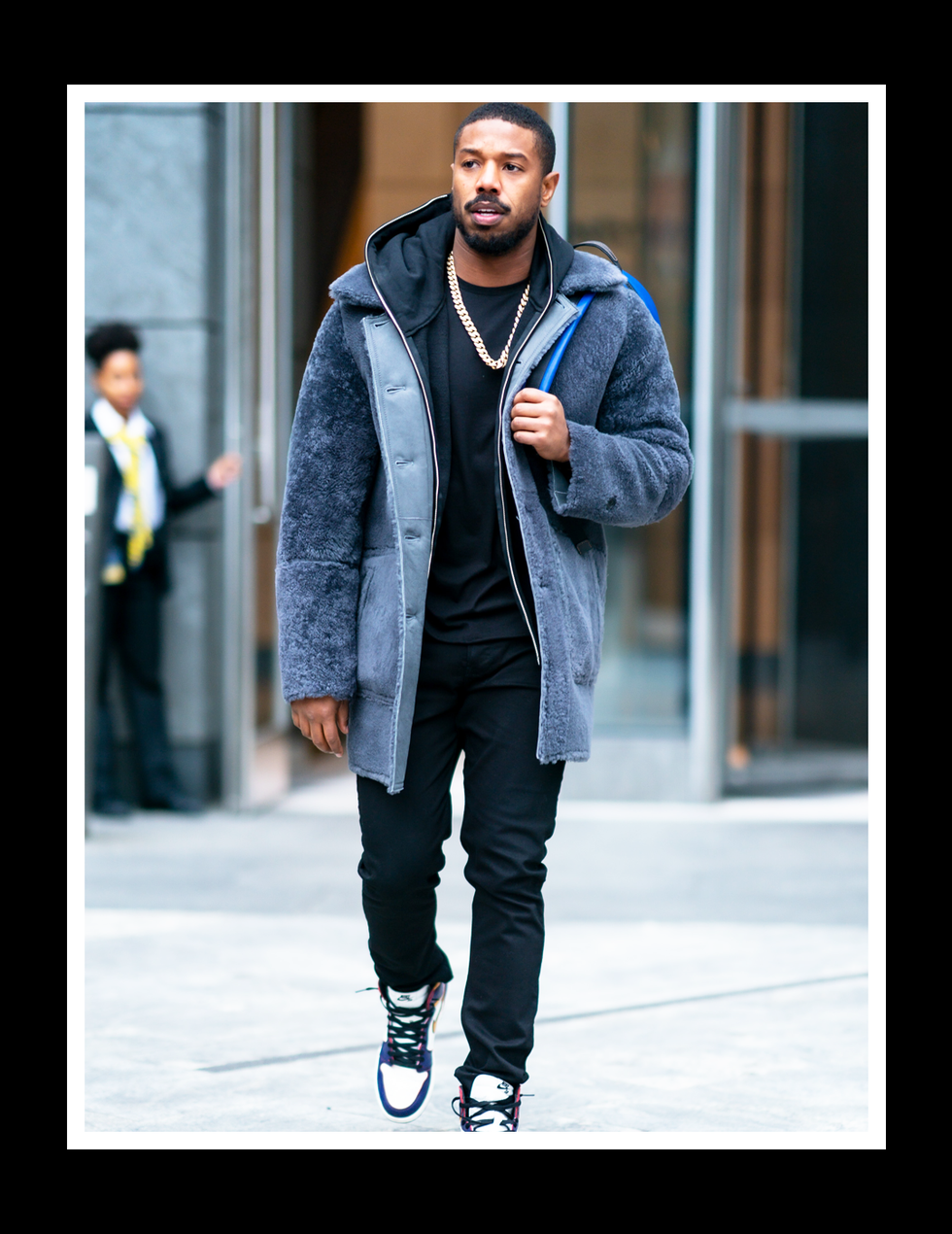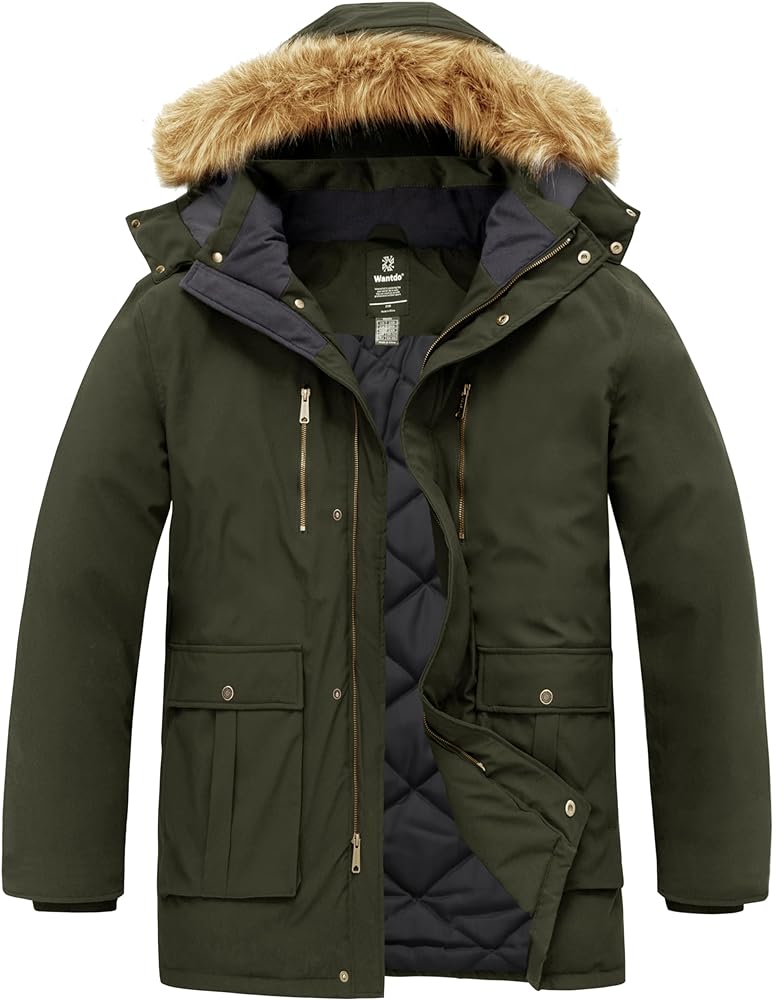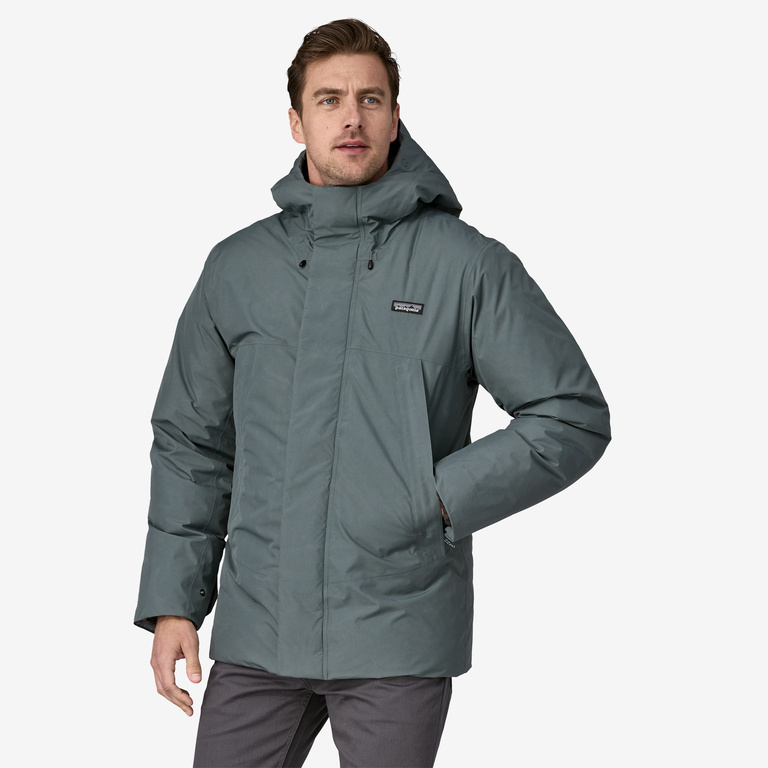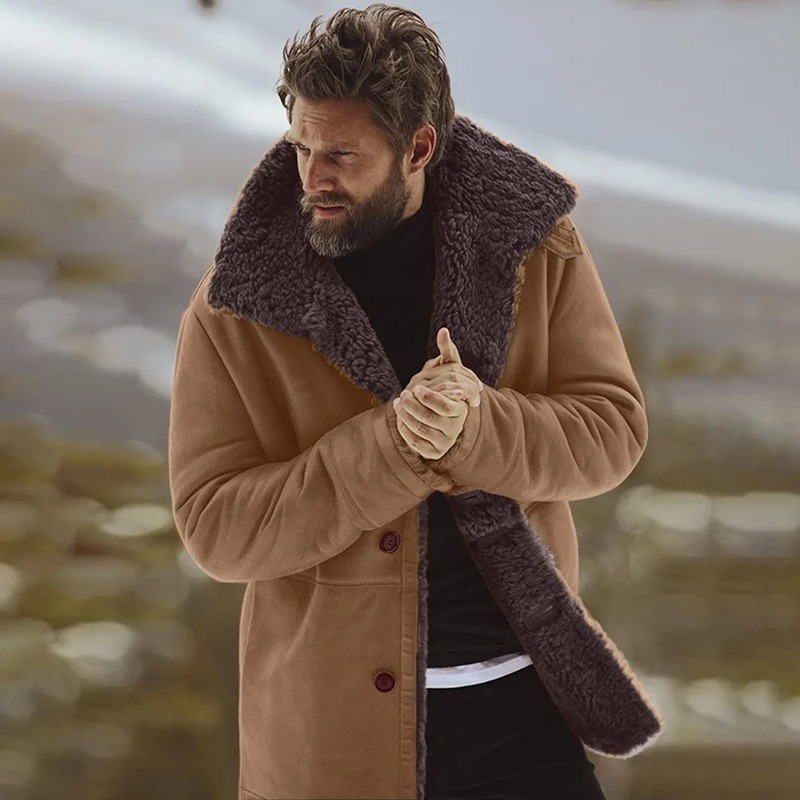
The Evolution of Men’s Winter Coats Through the Years
Men’s winter coats have seen significant changes over the years. In early days, functionality was the sole focus. Simple, heavy materials without much variety dominated the scene. As time passed, fashion started influencing winter wear. Wool coats with tailored fits became popular.
By the mid-20th century, synthetic fibers brought waterproofing and windproofing to men’s winter coats. Parkas with synthetic insulation started ruling cold climates. The ’60s and ’70s saw a burst of color and patterns reflecting social changes.
In the ’80s and ’90s, high-tech materials entered the market. Coats became lighter, warmer, and more versatile. Brands merged fashion with technology, creating stylish yet practical winter gear. The 2000s saw sustainability enter the conversation. Eco-friendly materials and production methods gained attention.
Today, a men’s winter coat is not just a piece of clothing. It’s a statement. It combines past and present: style, technology, and sustainability. As we move towards 2025, we expect this evolution to continue. Coats will likely get smarter, functional, and more aligned with personal values.
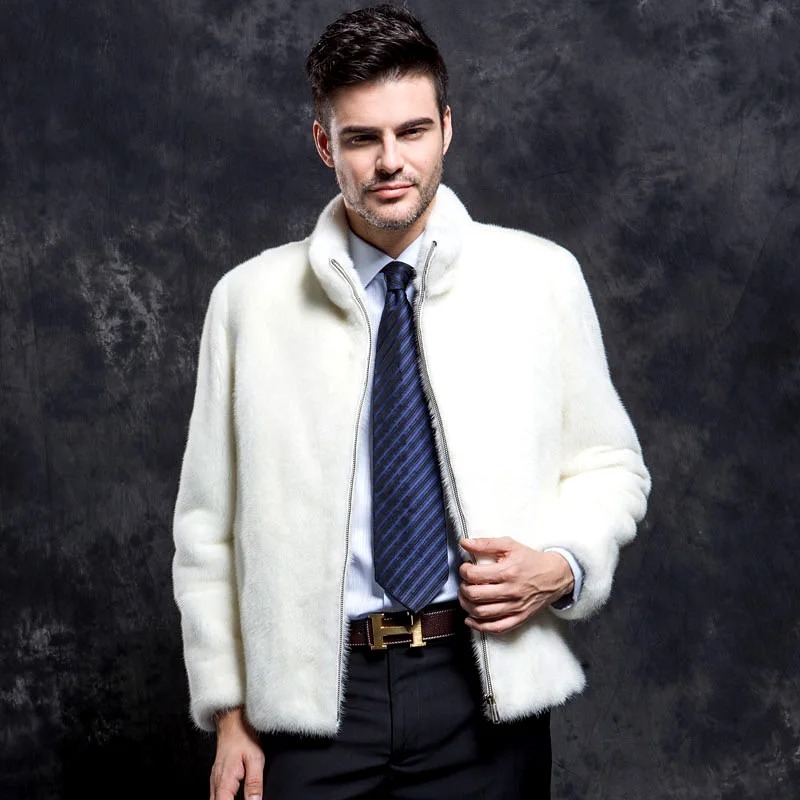
Key Features to Look for in a 2025 Men’s Winter Coat
When shopping for a men’s winter coat for 2025, you should consider several key features. These features combine modern technology, style, and sustainability. Here’s what to focus on:
- Insulation Technology: Look for advanced insulation that offers maximum warmth with minimum bulk. Synthetic fills that mimic down provide excellent warmth-to-weight ratios.
- Water Resistance: A must-have feature is a water-resistant or waterproof exterior. This will keep you dry during snow or rain.
- Breathability: Your coat should allow moisture from your body to escape. This prevents you from feeling clammy and uncomfortable.
- Windproofing: A coat that blocks wind can significantly increase your comfort on gusty days.
- Sustainability: Eco-friendly materials are not just good for the planet but are also becoming a standard for quality. Seek out coats that use recycled materials and ethical production practices.
- Smart Features: Expect smart technology integration, such as built-in heating elements or connectivity features.
- Versatility: A removable lining or hood adds flexibility for different weather conditions.
- Pockets: Ample pocket space is practical for carrying personal items safely.
- Durability: A quality men’s winter coat should withstand several winter seasons. Check the construction and material strength.
- Style: Last but not least, the style of the coat should align with your personal taste and be adaptable to various occasions.
Knowing these features will help you find a coat that’s not only fashionable but also functional and future-ready. Stay warm, stay stylish, and embrace the winter of 2025 with confidence.
Material Matters: Choosing the Right Fabric and Insulation
When scouting for the ideal men’s winter coat for 2025, the material is a crucial factor. Fabric and insulation work together to keep you warm, dry, and comfortable. Here are the aspects to consider:
- Outer Fabric: Look for durable and weather-resistant fabrics. Options like Gore-Tex offer protection from the elements.
- Inner Lining: Soft, breathable linings, such as fleece or wool, add comfort and warmth.
- Insulation Type: Synthetic fills are popular for their down-like warmth without bulk. Newer materials also provide high warmth with a lighter feel.
- Eco-Friendly Options: Seek fabrics and insulation made from recycled content. These choices show your support for sustainability.
- Maintenance: Choose materials that are easy to care for. Some can be machine washed, while others may require special care.
Selecting a coat with the right combination of materials will ensure it meets all your winter needs. It will also stand up to the challenges of the season. Paying attention to fabric and insulation ensures your investment is wise. It will serve you well through many winters to come.

Style Guide: Different Types of Men’s Winter Coats
Selecting the perfect men’s winter coat means knowing the different styles available. Here’s a guide to the main types you might consider for 2025:
- Parka: A parka is a knee-length coat filled with down or synthetic fiber. It often has a fur-lined hood. This coat type is ideal for extreme cold and windy conditions.
- Pea Coat: Originally worn by sailors, pea coats are short, double-breasted wool coats. They offer warmth without bulk and add a classic touch to any outfit.
- Trench Coat: Trench coats provide a lightweight, water-resistant option. They are perfect for rainy days and typically belt at the waist.
- Bomber Jacket: Bomber jackets sit at the waist and come with elastic or ribbed cuffs and hems. They’re a casual option that can still provide warmth.
- Overcoat: Overcoats are long, stylish coats made from heavy wool. They pair well with formal attire and keep you warm in the cold.
- Insulated Jacket: These jackets have synthetic or down insulation with a focus on being lightweight. They work well for active winter sports.
Each style serves a different purpose and can complement various looks and occasions. With the right information and an eye for fashion, you can choose a men’s winter coat that not only protects you from the cold but also enhances your personal style.
Understanding Fit and Sizing for Optimal Comfort and Warmth
When selecting a men’s winter coat, fit and size are crucial for comfort and warmth. Here’s what to keep in mind:
- Measure Your Size: Start by taking your body measurements. Check chest, waist, and arm length. Use a tailor’s tape for accuracy.
- Understand Sizing Charts: Brands have different sizing charts. Always compare your measurements to the brand’s chart before buying.
- Allow for Layers: Ensure the coat allows for layers underneath. You should be able to move freely.
- Check Shoulder Seams: The seams should align with your shoulders. It’s a sign of a good fit.
- Consider Coat Length: A longer coat can offer more warmth. But it should not restrict movement.
- Try Before You Buy: If possible, try coats on before purchasing. This helps you feel the fit and comfort firsthand.
- Look for Adjustable Features: Cuffs, hoods, and waists with adjustments give a better fit and trap heat efficiently.
- Prioritize Movement: A good coat won’t limit your arms or torso. Move around to test this when trying on coats.
Getting the fit right means staying comfortable and warm all winter. A properly fitting mens winter coat looks better and functions well in cold weather. Keep these tips in mind for the perfect 2025 winter wear.
Latest Trends in Men’s Winter Coats for 2025
Staying ahead in fashion means knowing the latest trends for men’s winter coats in 2025. As a professional blogger and SEO expert, I’ve researched the styles that will dominate the season. Here are the trends to watch for:
- High-Tech Fabrics: Expect to see coats made from fabrics that regulate temperature and offer improved durability.
- Bold Prints and Colors: Move over subtle shades. Bold prints and vivid colors are making a statement.
- Eco-Conscious Designs: Sustainability is key. Coats featuring recycled materials and ethical practices are on the rise.
- Smart Integrated Features: Coats with built-in technology, like heating elements and GPS, are gaining popularity.
- Hybrid Styles: Parkas with sleek designs or pea coats with high-tech insulation offer both style and function.
- Lightweight Insulation: New materials are revolutionizing insulation, making coats lighter without sacrificing warmth.
- One-Coat-Fits-All: Versatile designs that move from casual to formal settings are becoming essential.
These trends show a future where men’s winter coats are not only about warmth but also about making a personal statement. Keep these trends in mind to stay warm, comfortable, and fashionable in 2025.
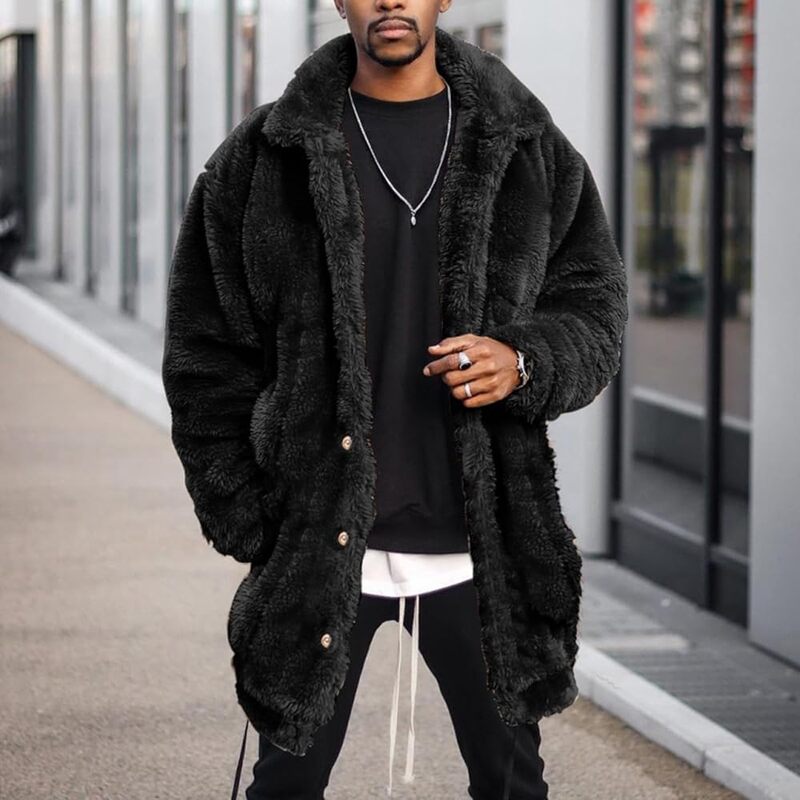
Care and Maintenance Tips for Longevity
Taking care of your men’s winter coat is vital for its longevity. Here are practical tips to make sure your coat stays in great shape:
- Read Labels Carefully: The care label inside your coat provides essential information. Follow the instructions to avoid damage.
- Spot Clean When Needed: Address spills and stains immediately. Use a gentle cleaner suitable for the coat’s fabric.
- Hang Properly: Use a sturdy hanger to keep the coat’s shape. Avoid folding to prevent creases.
- Dry Appropriately: If your coat gets wet, let it dry naturally. Don’t use direct heat, as this can affect the material.
- Store it Right: During off-seasons, keep your coat in a cool, dry place. Use a garment bag to protect it from dust and moths.
- Regular Check-Ups: Inspect your coat for wear and tear. Repair loose buttons and tears to prevent further damage.
- Professional Care: Some coats may require professional cleaning. Seek out a trusted cleaner who specializes in winter apparel.
Maintenance is not just about cleaning; it’s about preserving your mens winter coat. By looking after your coat, you invest in its durability, ensuring it remains a reliable winter companion for years to come.
Where to Buy the Best Men’s Winter Coats of 2025
Finding the right mens winter coat is a crucial step to staying warm and stylish. In 2025, numerous retailers and brands offer a wide range of options. Whether you’re shopping online or in-store, here are the places to start your search:
- Specialty Clothing Stores: Visit stores that specialize in winter wear. They offer expert advice and a curated selection.
- Department Stores: Department stores usually have a broad variety of brands and styles. This allows for comparison shopping.
- Outdoor and Sports Retailers: These outlets stock coats designed for functionality and durability, ideal for active use.
- Online Marketplaces: Websites like Amazon offer a vast selection and convenient delivery options.
- Brand Websites: Purchasing directly from the brand’s website ensures authenticity. They often provide detailed product information.
- Second-Hand Shops: Explore consignment stores for high-quality coats at a fraction of the cost. Sustainable and budget-friendly!
Always check return policies and read reviews when buying a mens winter coat. Customer feedback can provide real-world insights into a coat’s performance. Prices vary widely, so set a budget before shopping. Keep an eye on sales, especially during off-season periods, for the best deals. By shopping smartly, you can find the perfect men’s winter coat for 2025 that meets all your needs.

